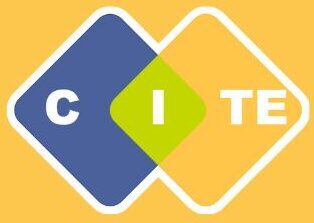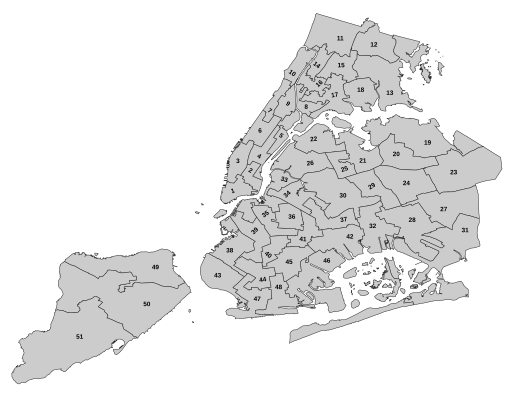This example comes with a design toolkit! Click the following link to access it!
The Premise
This section focuses on supporting teacher candidates to learn, teach, and implement unplugged problem-solving with computational thinking (CT).
Keywords: computational thinking| problem-solving| K-12|
Artifact Goals
Materials in this toolkit could support teacher candidates to:
- Bring computationally rich experiences to diverse disciplinary areas (e.g., STEM, non-STEM, without using a computing device.
- Enrich the teaching content, seamlessly integrating CT into core K-12 disciplinary areas.
- Set the stage for conceptually understanding computer science ideas and practices.
- Use a variety of everyday tools, other than computers, to improve their students’ problem-solving skills.
- Support the pedagogy of “an-object-to-think-with” and “unplugged”.
Background
The origins of unplugged activities go back to 1997 when Bell (1998) published twenty activities under “Computer Science Unplugged” (Brackmann et al., 2017). Since those years, it has been a point of debate if CT could be developed through unplugged approaches. Though limited and more evidence is needed, existing studies are promising in that they suggest unplugged approaches could be as powerful as plugged ones to teach programming, problem-solving, and CT-related skills such as abstraction and decomposition (Huang & Looi, 2021). There are also others who recommend introducing unplugged to complement plugged activities. For example, in some cases, certain data might be hard to compute without a computational device, and in those cases, an unplugged activity could be useful as an introduction to introduce concepts associated with data processing (Caeli & Yadav, 2002).
Courses that would lend themselves to this integration
- Childhood, Early Childhood, Secondary Education, both STEM & non-STEM
- Educational Psychology
- Educational Technology
- Methods Courses
Potential Benefits/Why should I?
- The unplugged activities can help reach a larger audience, including younger kids, rather than CS-only majors.
- These activities are less intimidating for pre-service teachers who do not have a background in CS or programming and do not have access to technology.
- The unplugged activities in this unit will help you think about introducing the concepts of debugging, algorithm, pattern recognition, and debugging in your classroom without any computers or digital tools.
- The unplugged activities can help your teacher candidates make stronger connections between CT practices and their disciplines.
Potential Conversations and Activities
Computational problem-solving, contrary to common belief, does not have to include computers. CT integration employs unplugged (without a computing device) and plugged (with a computing device) approaches within K-12 subjects. In this artifact, we will introduce examples that could be used to learn and teach CT skills without needing any computing device. Teaching in this area could support teacher candidates to teach, learn, and implement unplugged problem-solving with computational thinking (CT).
| About computing/tech |
|
| With computing/tech |
|
| Through computing/tech |
|
| Against computing/tech |
|
Summer 2022 Professional Development Workshops Related to Computational Thinking
- Tuesday, July 12, 2pm-4pm, Microworlds & Mathematics: Integrating Programming into Elementary Math Classes, Hosted by June Mark
- Tuesday, July 19, 10am-12pm, Think to Scale, Scaling to Think, Hosted by Gaelen Hadlett
- Tuesday, July 19, 2pm-4pm, Programming, Student Agency, and Creating Computational Artifacts with Scratch, Hosted by Carlos Leon
- Thursday, July 21st, 9am-11:30am , Computational Thinking with Scratch (Conference Presentation), Hosted by Francisco Cervantes
- Wednesday, July 27, 2-4pm, Scientific Simulations and Agent-Based Models with StarLogo Nova, Hosted by Gabrielle Rabinowitz






